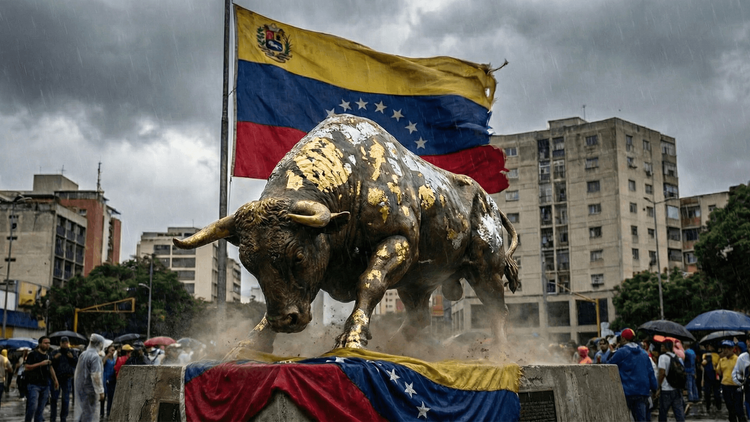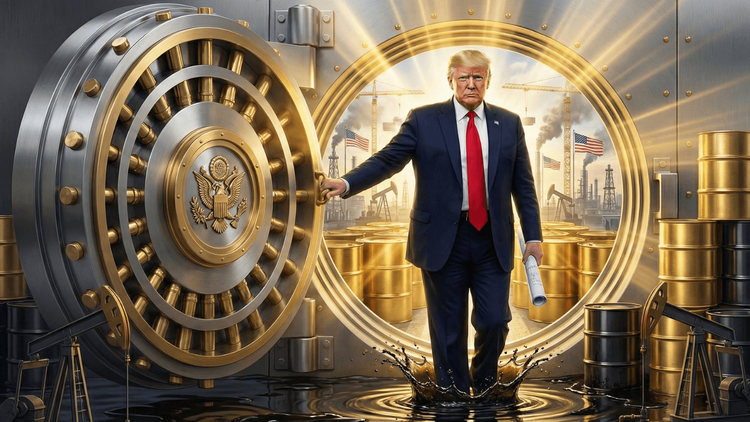Global Tungsten Market Shaken by China’s Export Controls
China's Tungsten Export Curbs Spark Global Supply Shock and Market Uncertainty

The global tungsten market is reeling from China’s latest move to impose export controls on the critical metal. The restrictions have sent industrial buyers into a frenzy, with manufacturers scrambling to secure supply amid fears of worsening shortages.
Lewis Black, CEO of Almonty Industries Inc., a leading North American tungsten producer, described his customers’ reaction as a “state of disbelief.” With China supplying around 80% of the world’s tungsten, the new curbs threaten to disrupt defense, manufacturing, and technology sectors that rely heavily on the super-dense metal.
A Critical Metal for Defense and Industry
Tungsten plays a pivotal role in modern defense systems, from armor-piercing munitions to high-performance aerospace components. It is also essential in semiconductor manufacturing, making it indispensable to the tech industry. Given its strategic importance, China’s control over the supply chain has long been a concern for Western nations.
With the U.S. having halted commercial tungsten mining in 2015, the country is now entirely dependent on imports—most of which originate from China. The new restrictions raise urgent questions about supply security and the need for alternative sources.
Almonty’s Stock Soars as Market Braces for Scarcity
As the industry grapples with the fallout, investors are already reacting. Almonty Industries saw its stock price surge by 41% in just two days, reflecting heightened demand for non-Chinese tungsten. The move underscores the market’s growing awareness of China’s leverage over critical minerals.
China’s past actions suggest that the situation could escalate further. The country has previously imposed export restrictions on gallium, germanium, and antimony—pushing up global prices and forcing Western nations to seek alternative supply routes.
Beijing’s Trade Tactics: A Warning Shot?
China’s decision to tighten tungsten exports is widely seen as a response to U.S. trade policies, particularly tariffs imposed by the Trump administration. Beijing has used its dominance in critical minerals as a geopolitical tool before, and analysts warn that the latest restrictions could be just the beginning.
“The question is, how much will China tighten the screw to be heard?” Black noted, expressing concerns that further measures could exacerbate supply chain disruptions.
Adding to the complexity, China has long banned the import of tungsten scrap, citing environmental concerns. If Beijing were to reverse that policy, it could absorb even more global supply, leaving Western manufacturers struggling to compete.
Race for New Supply: North America and South Korea Step Up
With China tightening its grip, alternative tungsten sources are gaining urgency. Almonty is positioning itself to fill the supply gap, with plans to ramp up production at its South Korean mine, expected to yield 2,500 tons annually.
Meanwhile, in the U.S., efforts to restart domestic production are underway. Guardian Metal Resources Plc is developing the Pilot Mountain project in Nevada, which is slated to begin production within the next three years.
“It’s a critical time, and the U.S. urgently needs a domestic source,” said Guardian CEO Oliver Friesen. He emphasized that government support could accelerate the project, particularly if the Trump administration introduces policies favoring strategic mineral development.
Tungsten Prices Poised to Rise
China’s move is expected to send tungsten prices soaring, mirroring the impact of previous export restrictions on niche metals. According to analysts at Mysteel Global, international prices will likely climb as supply tightens, affecting manufacturers in Germany, Japan, and beyond.
The tungsten market, valued at approximately $5 billion, may seem small compared to giants like copper ($200 billion), but its strategic significance cannot be overstated. As Beijing continues to wield its mineral dominance, Western economies face a stark reality: without a diversified supply chain, critical industries remain vulnerable to China’s trade policies.
Conclusion
China’s latest tungsten export restrictions serve as a wake-up call for the global supply chain. The move has rattled industrial buyers, sent prices surging, and reignited concerns over Western dependence on Chinese-controlled minerals. With the U.S. and its allies scrambling to secure alternative sources, the coming months will be crucial in determining whether North America can reclaim its position in tungsten production—or remain at the mercy of China’s economic maneuvers.






